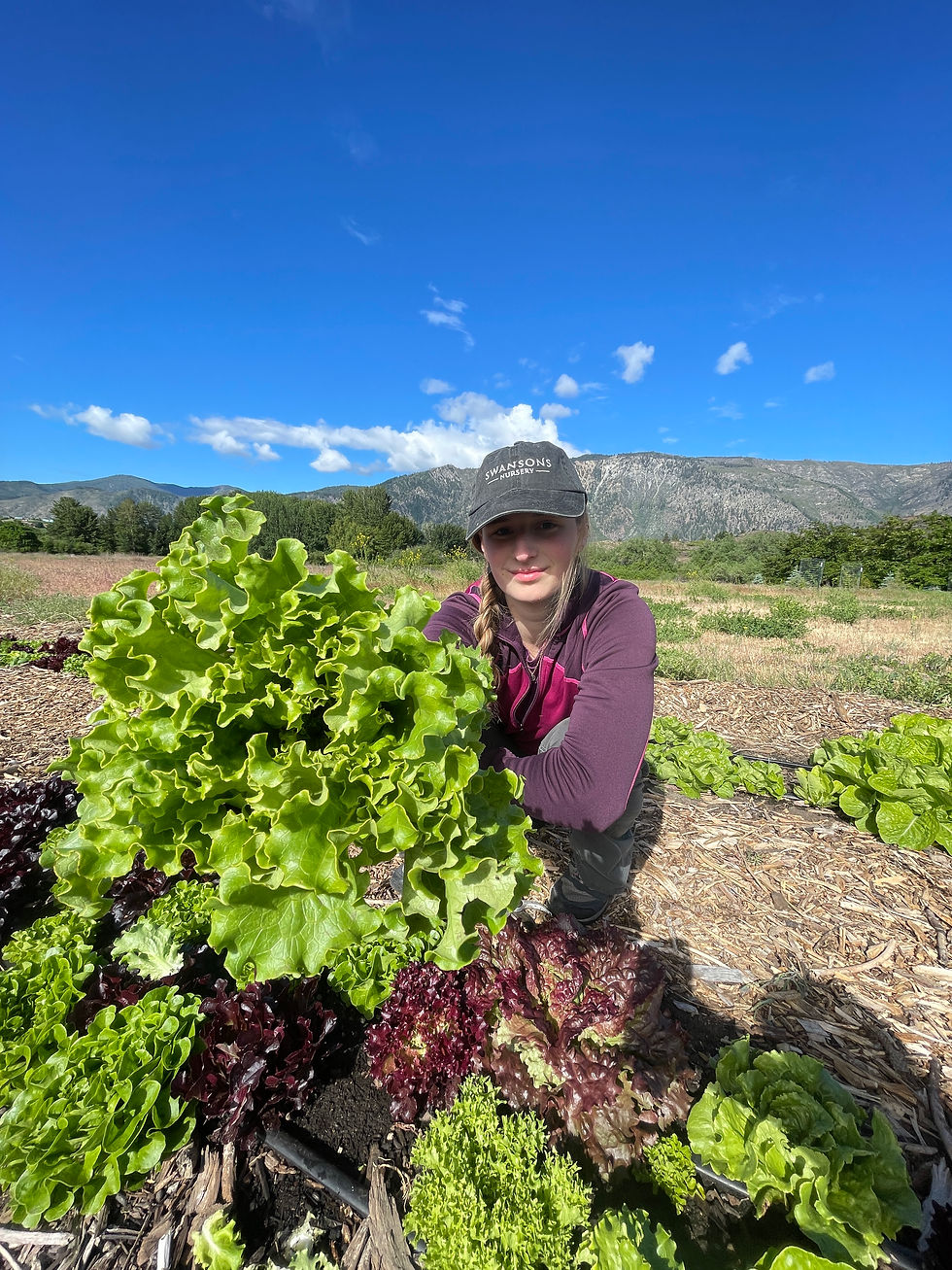Basics of Regenerative Agriculture
- Marley Rosen
- Jun 3, 2024
- 2 min read
By E.T 👽

What is it? Regenerative agriculture is a way of land management that thinks about how all things are connected. Humans grow and consume goods, often thinking about how to best supply themselves before the earth. This way of land management considers how we can give back to the earth instead of only taking from it. There aren’t a set of rules all regenerative farmers use because this practice varies from region and grower. However, there are a set of principles that are meant to ensure the restoration of soil and ecosystem health, combat inequity, and set the land up for future success.
Regenerative farming isn’t a new idea, in fact, it has been practiced by Indigenous communities. It’s also important to note that not all people who farm this way will use this title. “The regenerative agriculture movement is the dawning realization among more people that an Indigenous approach to agriculture can help restore ecologies, fight climate change, rebuild relationships, spark economic development, and bring joy,” says Arohi Sharma.
The principles of regenerative agriculture are as follows:
Nurture relationships within and across ecosystems
Prioritize soil health
Reduce reliance on synthetic inputs
Nurture communities and reimagine economies
Ecological benefits range from less water pollution and more water-holding capacity to biodiversity on land, air, and water. Some personal benefits include cost savings from emitting the use of fertilizers and pesticides, more financial security, and the promotion of local employment with healthier food choices.
Our work with Seth on Wildnow farm followed these set of principles! Seth grows a large variety of plants, makes soil health a priority (compost helps), doesn’t use many synthetic inputs (he’s moving towards using none), and sells his goods at the local farmers market.
Source:


Comments